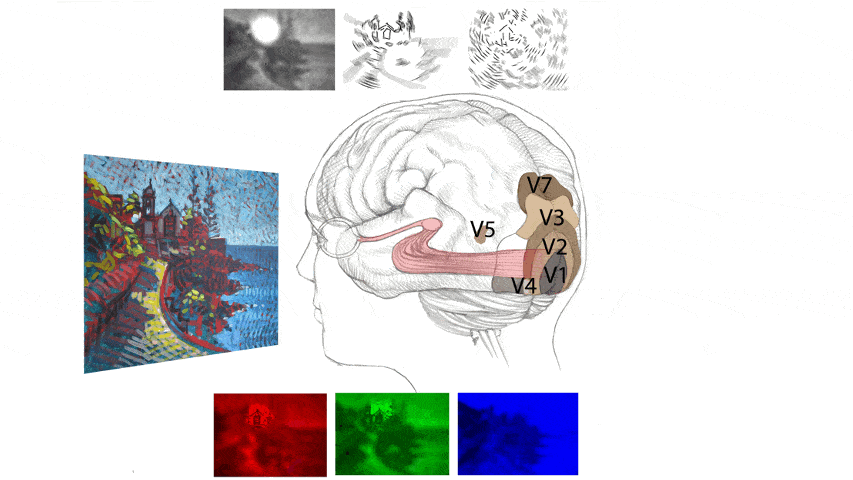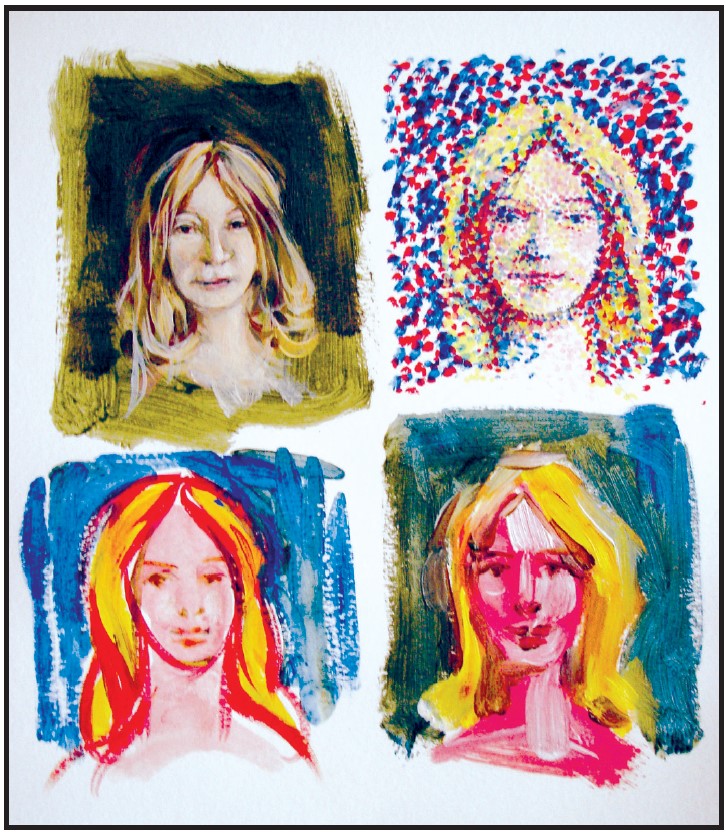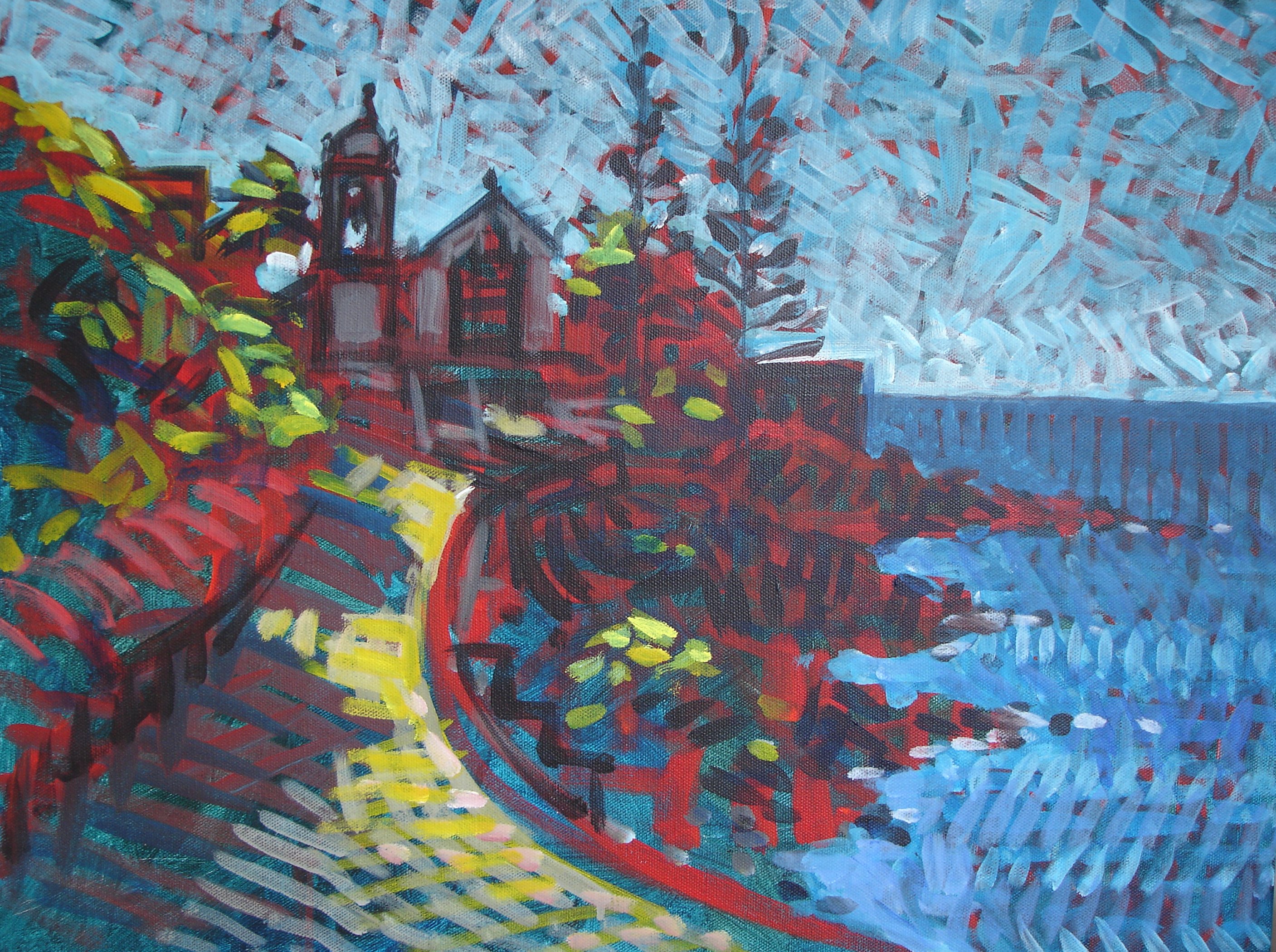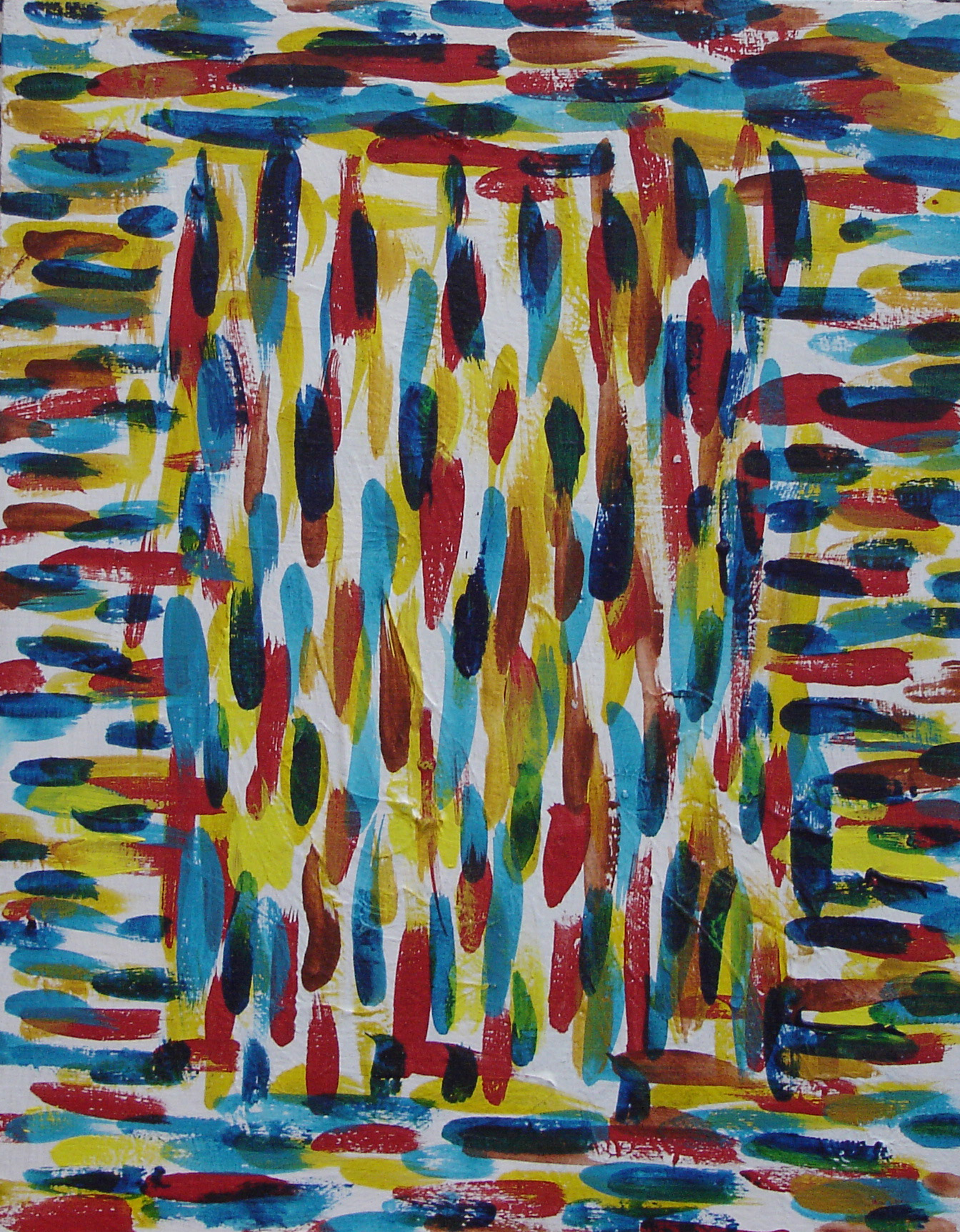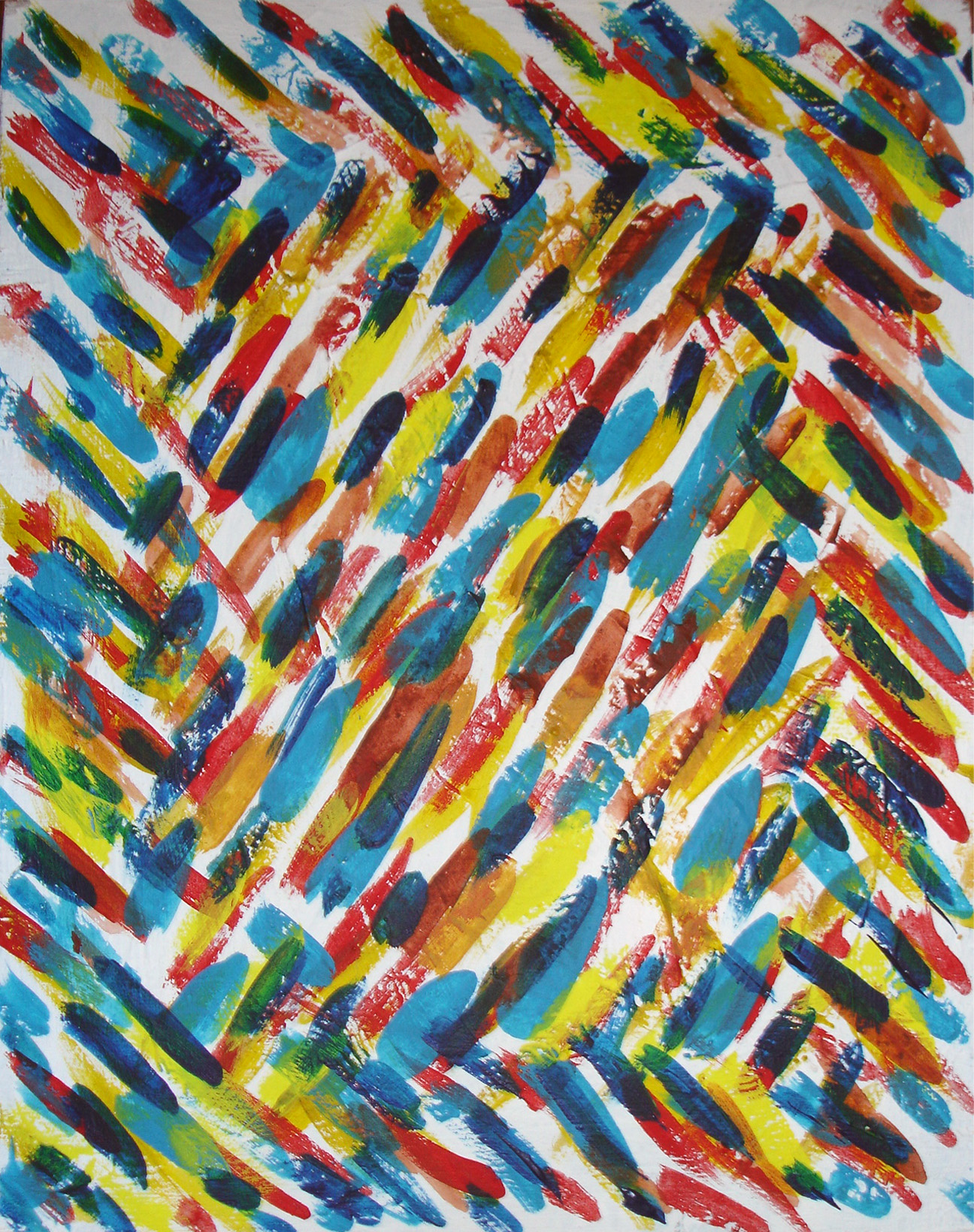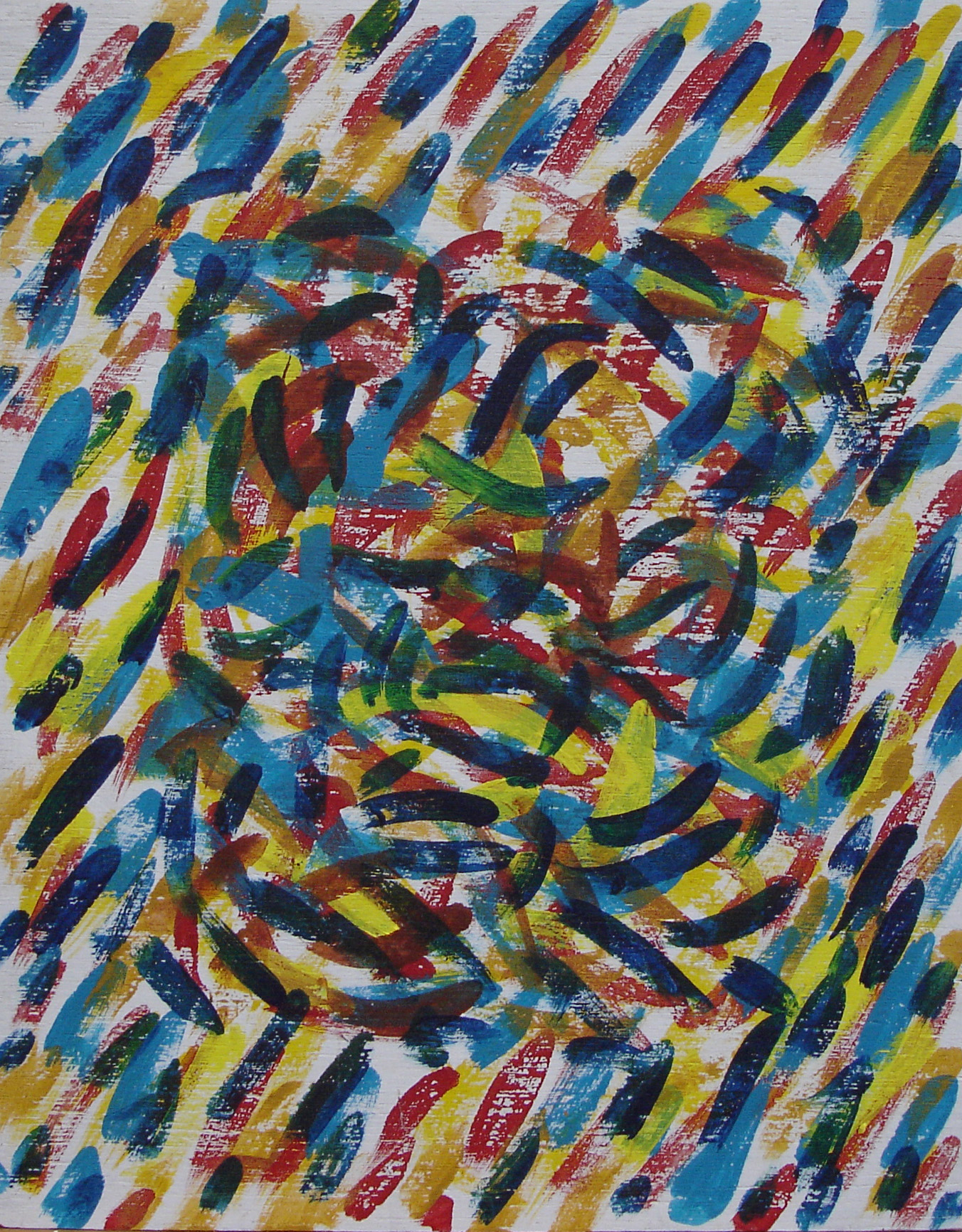Understanding creativity
Dreaming away with a floor tile
Our brain is eager to see meaningful images, even if they do not exist, as when we look to the clouds, at rock formations or at floor tiles of the bathroom. During the ages artists have used these techniques to stimulate their creativity. These romantic images emerged when I was staring at a floor tile in our room during long winter evenings (see animation). Using information theory one can understand how and why this works for our brain and how you can use it to develop your own creativity.
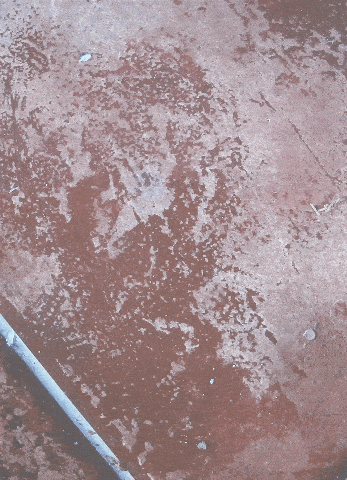

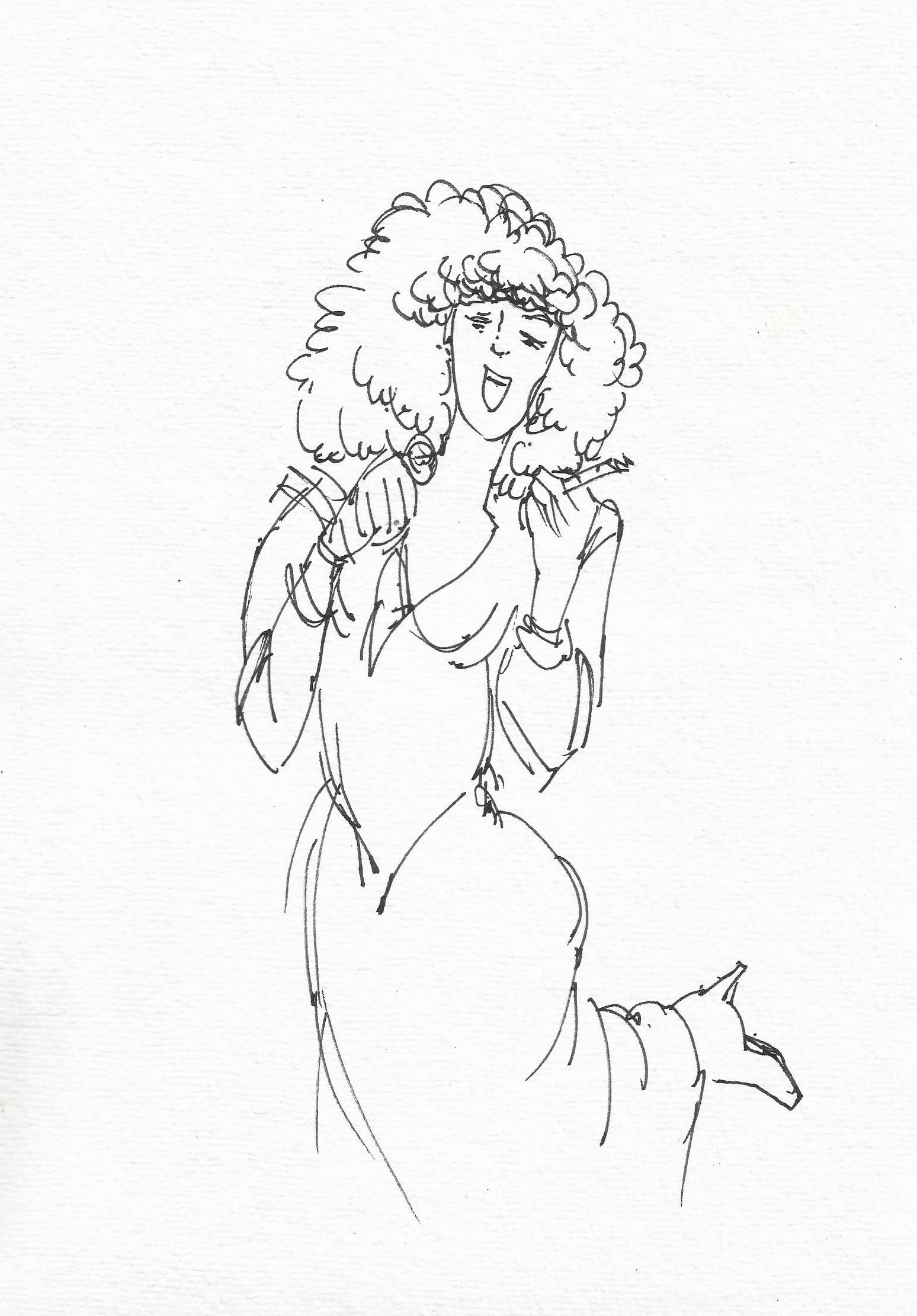
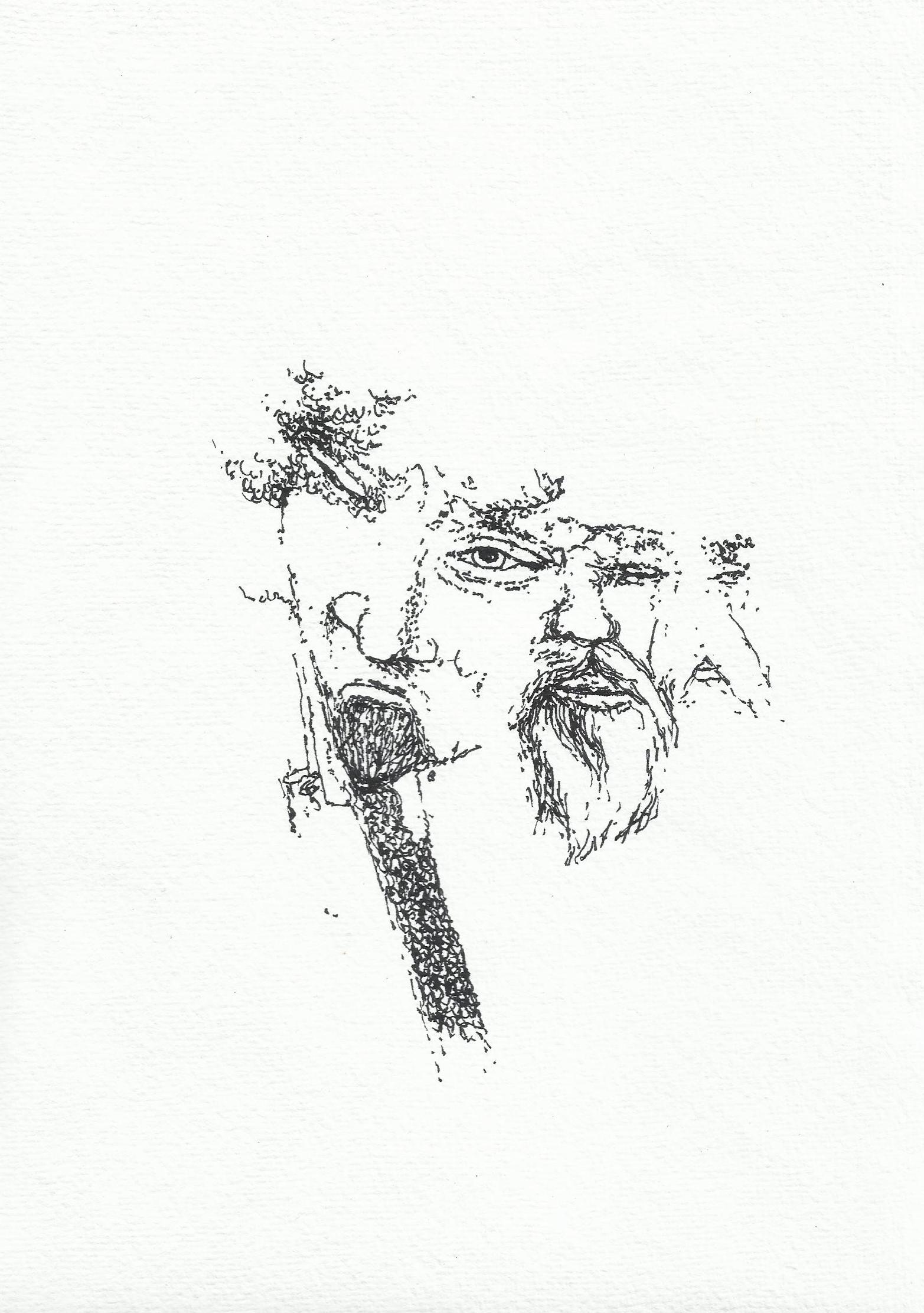
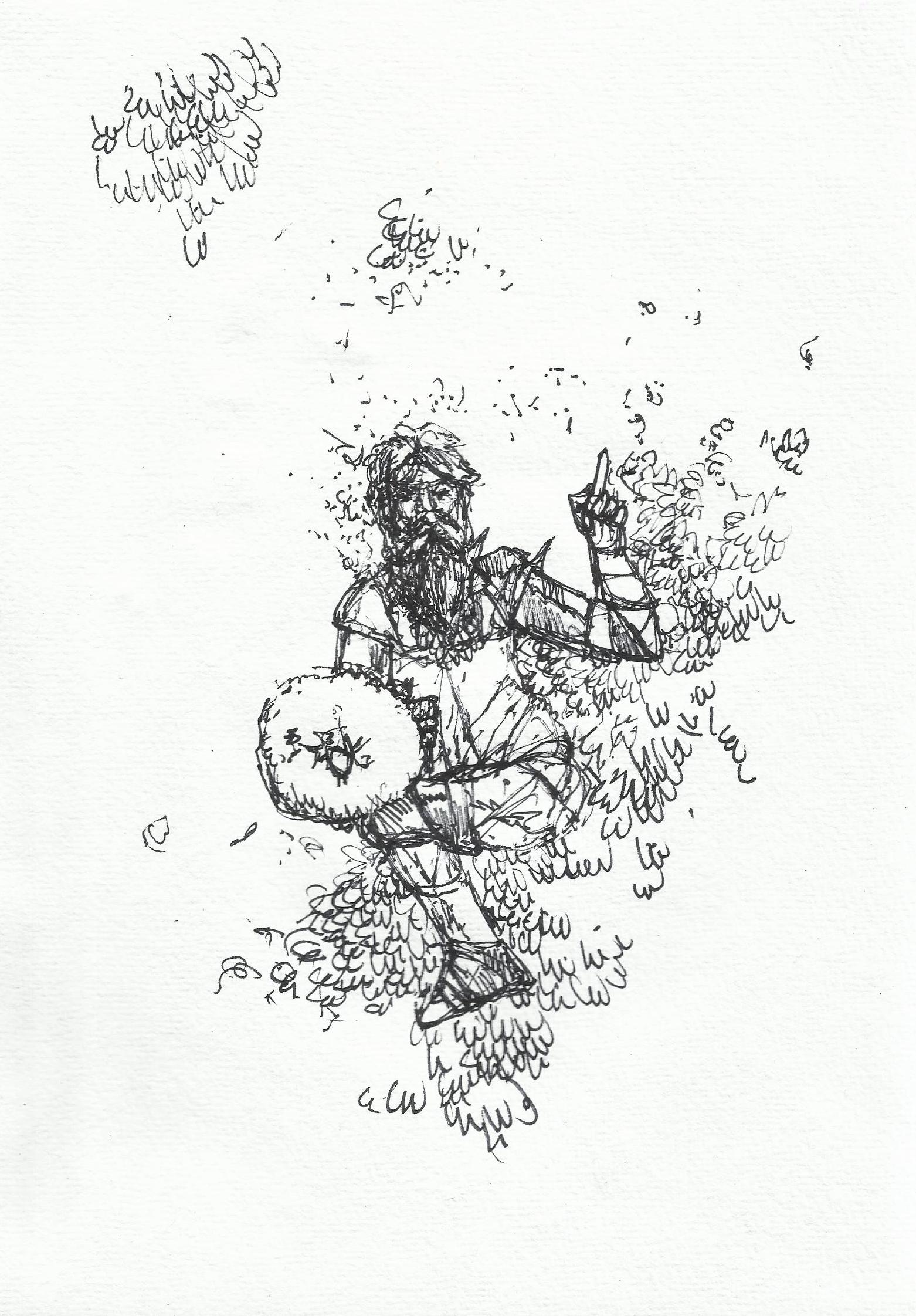
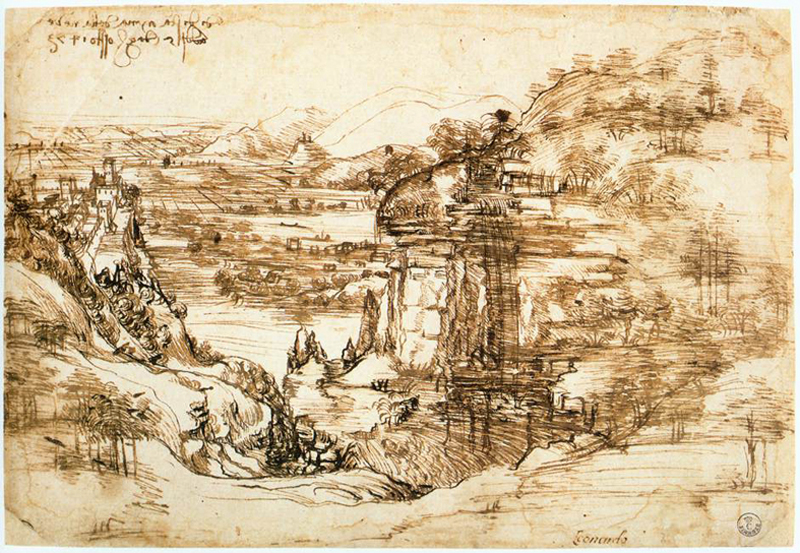
Leonardo da Vinci was already aware of this extraordinary capacity of the human mind to see meaningful images in random structures. In his treatise on painting, he wrote:
“when you look at a wall spotted with stains, or with a mixture of stones, if you have to devise some scene, you may discover a resemblance to various landscapes, beautified with mountains, rivers, rocks, trees, plains, wide valleys and hills in varied arrangement; or again you may see battles and figures in action; or strange faces and costumes, and an endless variety of objects, which you could reduce to complete and well drawn forms. And these appear on such walls confusedly, like the sound of bells in whose jangle you may find any name or word you choose to imagine..”
Source text: wikipedia(wikisource) Source image : wikipedia
